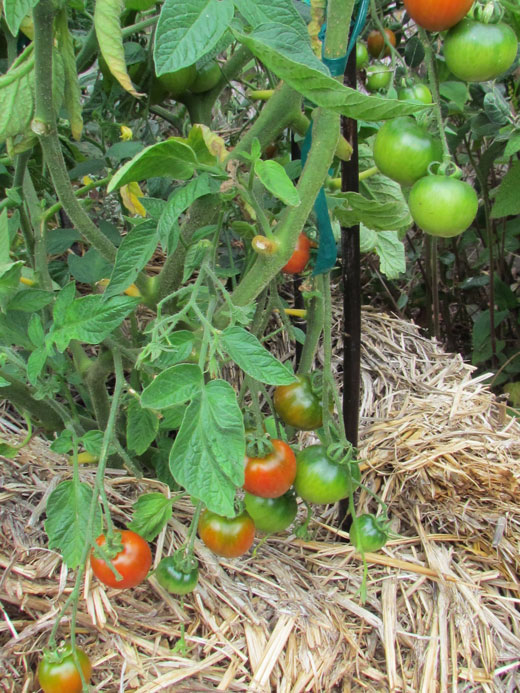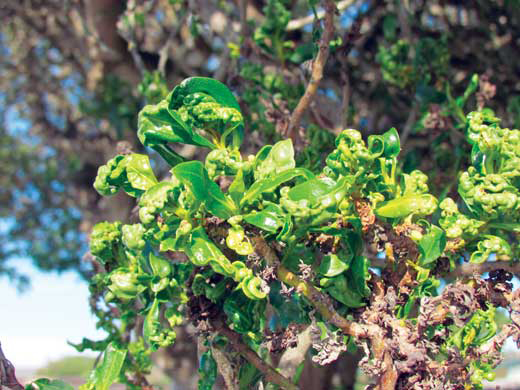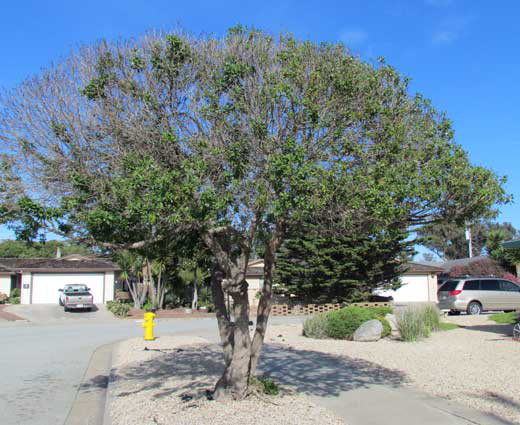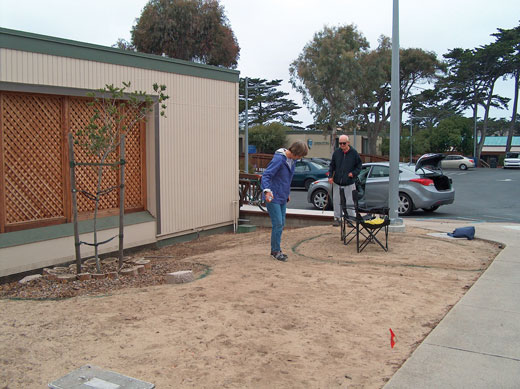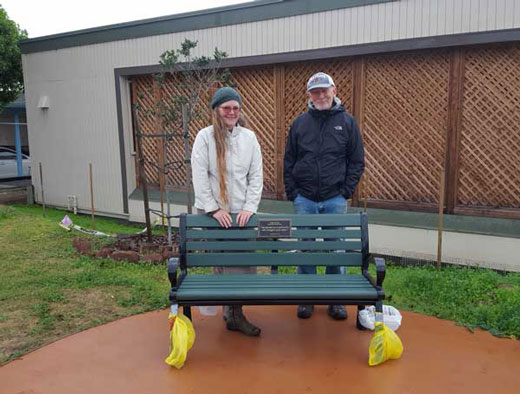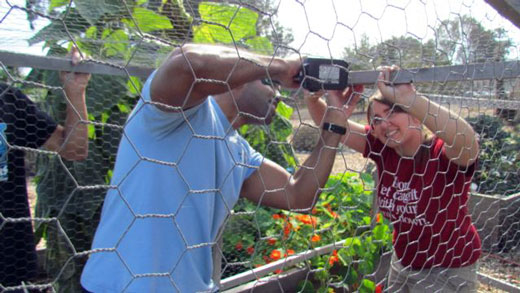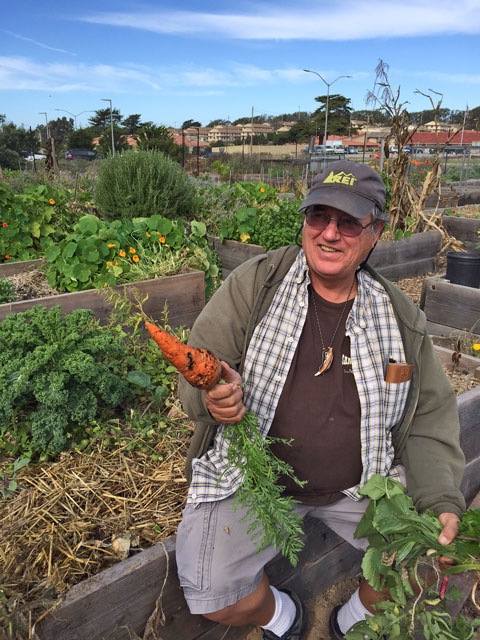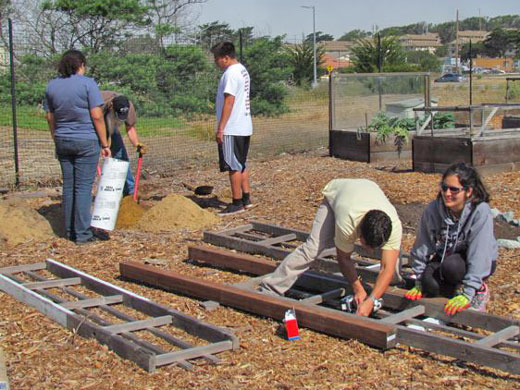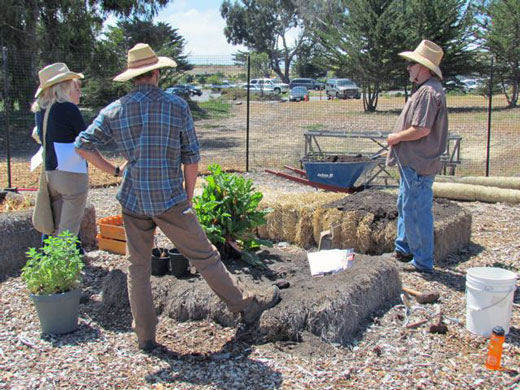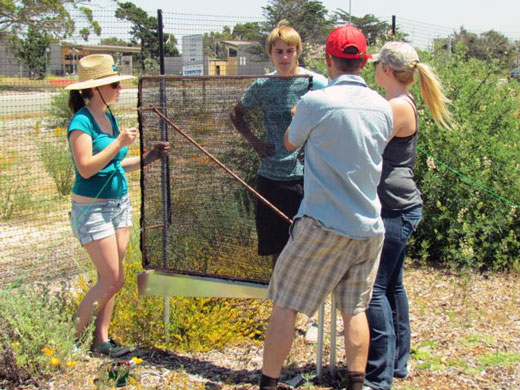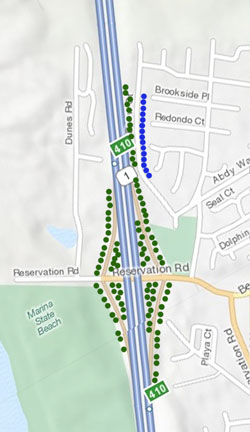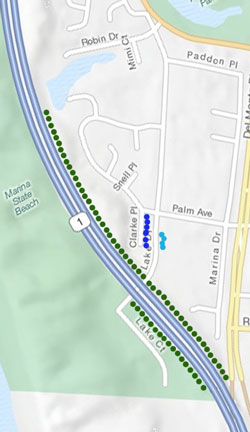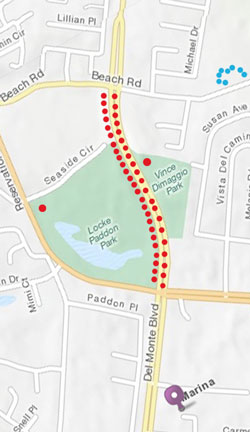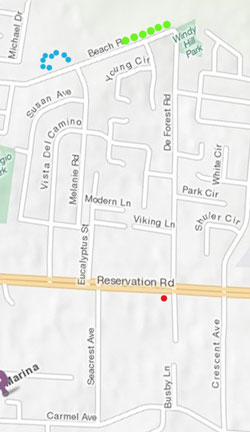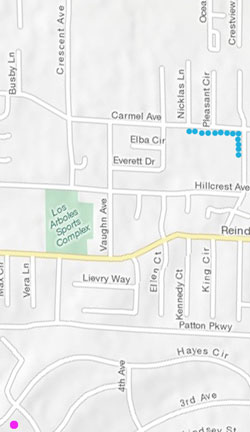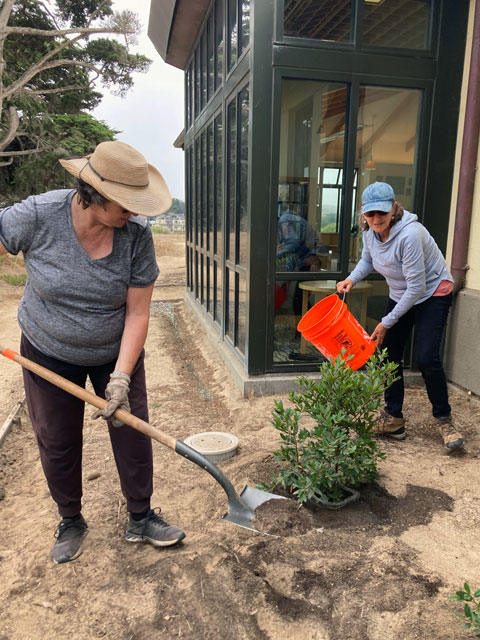
Marina Library Landscape Project
COVID may have slowed progress but did not dampen enthusiasm
There was a consensus among many residents that the library landscape was in great need of restoration. Back in 2019 the club agreed to collaborate with other service groups to put funds to work. These efforts sat on a back burner during COVID as many community projects did. Under Grace Silva-Santella’s dedicated oversight agreements were forged irregardless between Friends of the Marina Library, Marina Foundation, Citizens for Sustainable Marina and the City of Marina.
The failure of the original planting was due to multiple issues; a non-working irrigation system, poor soil preparations, indifferent maintenance, and hit and miss plant selections for the deep shade existing along the building. The city stepped up to foot the bill for an irrigation consultant, and, new improved irrigation to provide adequate water for the new plan. In July, the existing soil was removed to a depth of 6″ by Gabriel Ramirez Landscaping. In August, volunteers helped to move a top soil mix from Keith Day Landscaping into place for the planting. Two different August events gathered more volunteers to plant the landscape plan and additionally fortify the soil for ferns and acid loving plants such as Huckleberries. K & D Landscaping is the irrigation specialist in charge of the new drip irrigation on site.
On the next visit to the library check out the greenery that community built!
See more on the Library Landscape Plant list
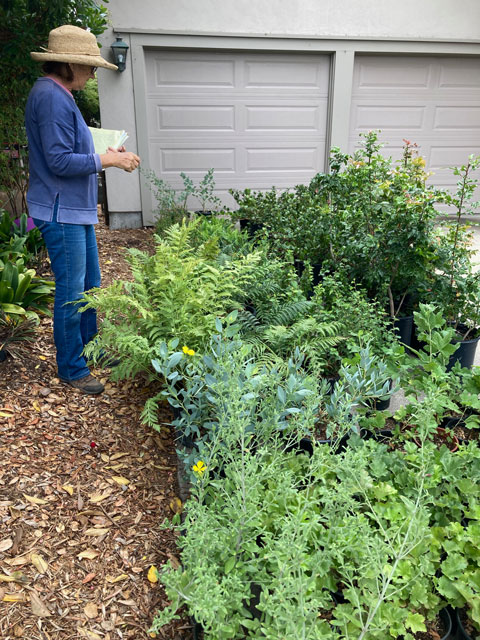
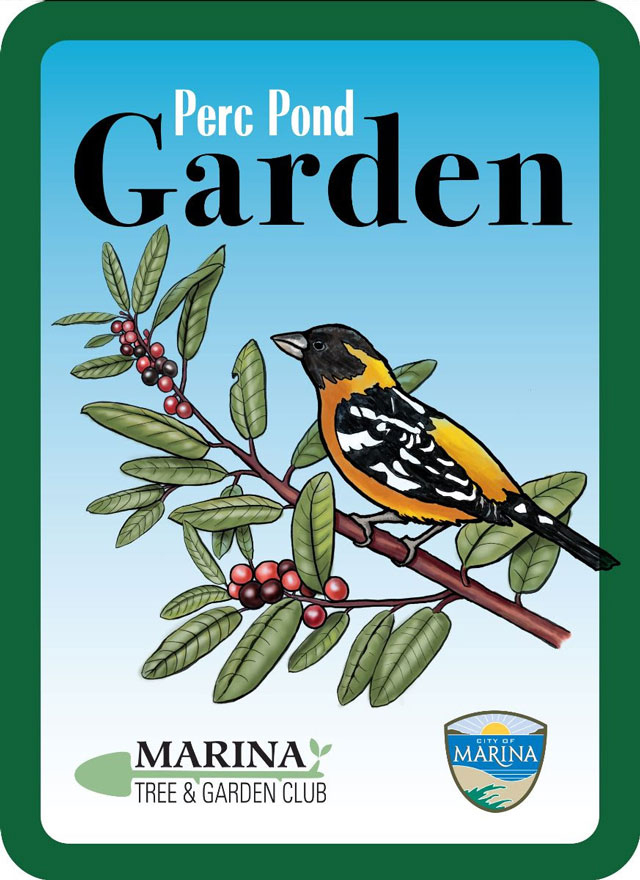
graphics by Kerry Smith
Perc Pond Project
Create a garden in your Marina Neighborhood Perc Pond
Interested in creating a native garden green space along the front of an existing neighborhood Perc Pond? The City of Marina and the Marina Tree and Garden Club have developed a program for residents that would like to make a difference.
Our City has many neighborhood percolation pond areas that function to catch and direct rain runoff back into the soil. They often have a surrounding chain link fence and a gate. These are generally City owned properties that have contracted labor to remove weeds once a year. Most residents agree that these areas could look better. For residents interested in adopting their local perc pond the Marina Tree and Garden Club (MT&GC), with support from the City of Marina, has developed a program to help.
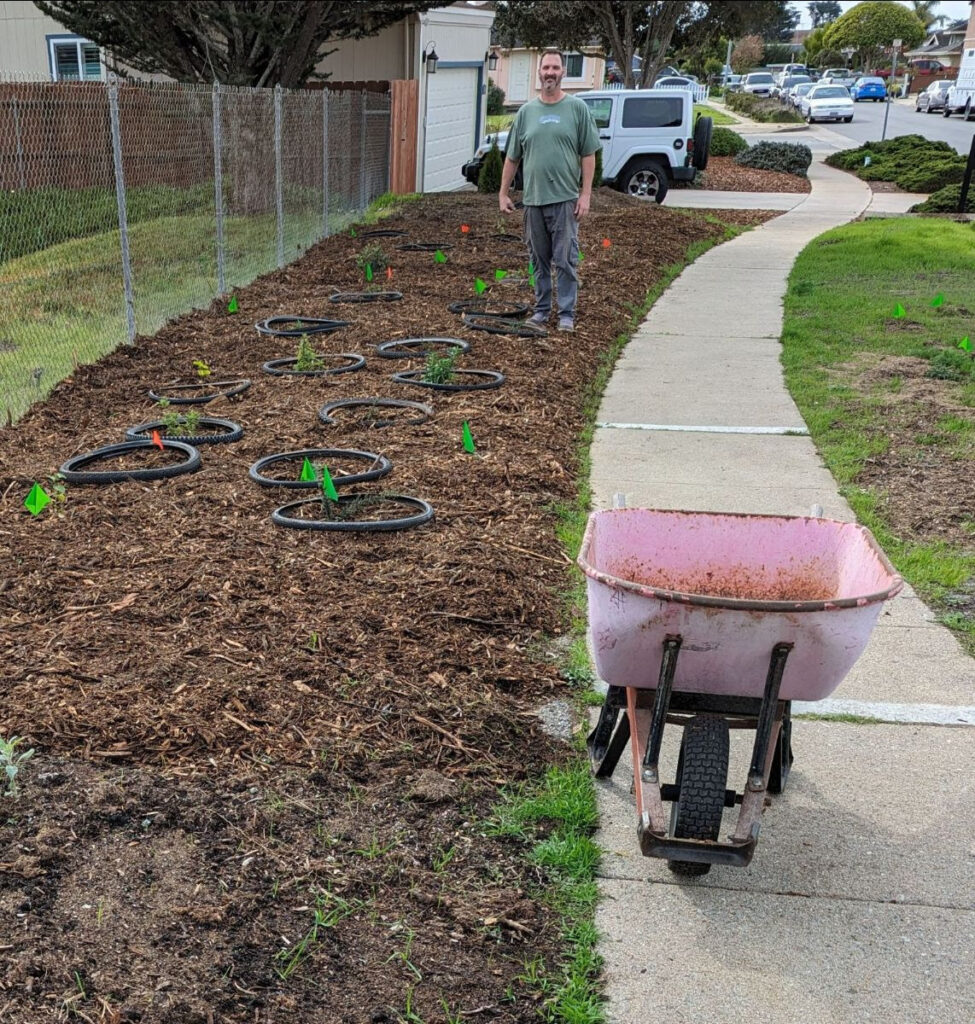
Download the Perc Pond Brochure for more information!
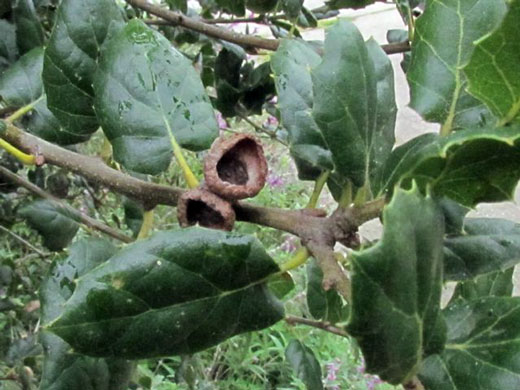
Marina Suggested Tree list
Need some guidance selecting a tree for your Marina backyard?
Visit this suggested list of trees that grow well in Marina with images and criteria for ranking.
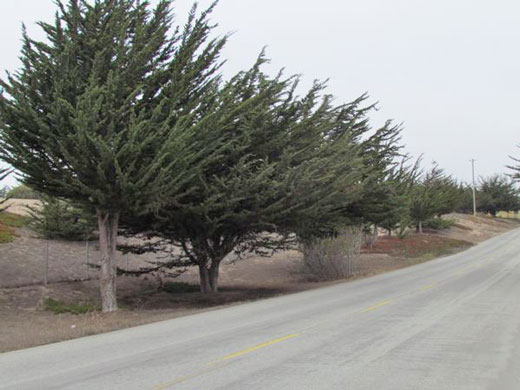
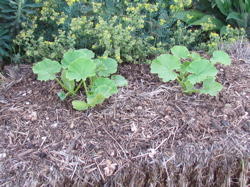
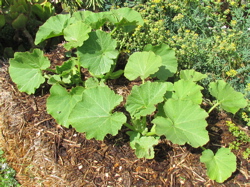

Straw Bale Gardening
This simple method gets results!
- All you need are some straw bales
- Fish emulsion and/or bone meal/well rotted manures
- Liquid kelp if you wish for trace minerals
- Compost or sterilized bagged amendment to dress the top
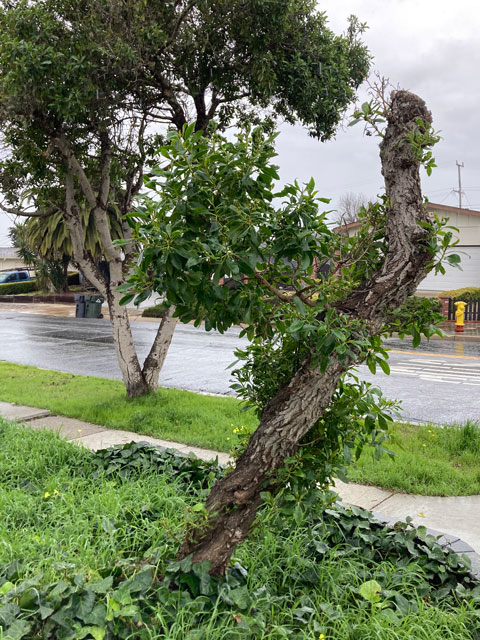
What’s bugging my Myoporum tree?
If the damage looks like the photo, it’s probably myoporum thrips (Klambothrips myopori). These insects are recent invaders to California and are affecting Myoporum laetum trees and Myoporum ground covers up and down the coast.
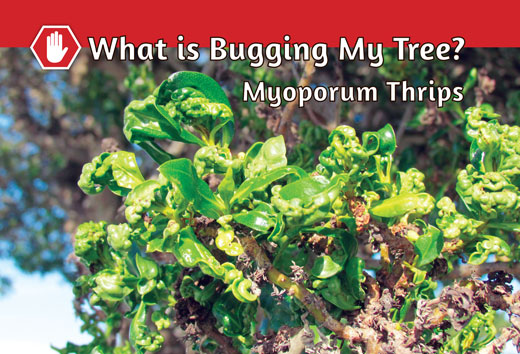
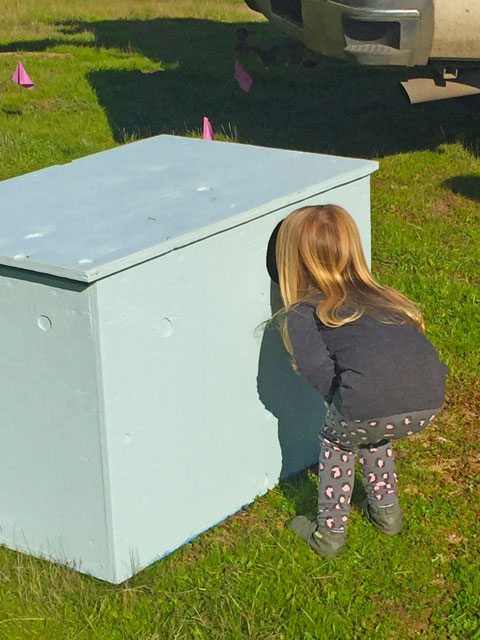
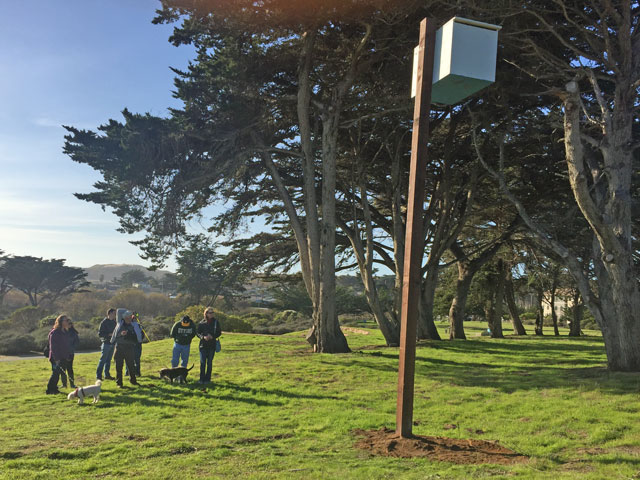
Owl Box at the Marina Library
December 27, 2019 saw the installation of an owl box at Locke Paddon Wetlands Park behind the Marina Library. Rebecca Dmytryk and Duane Titus of Humane Wildlife Control handled the installation of the owl box. Rebecca has kindly shared the Barn Owl Nest Box Plan for download.

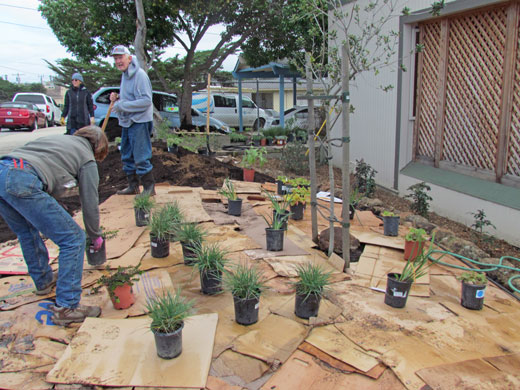
The Hillcrest Native Plant Garden
This garden was created to provide a welcome respite and green space for the Ken Gray Memorial Tree and Bench. View photos, plans and plant list for this project. Article in the Monterey County Weekly
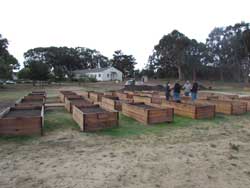
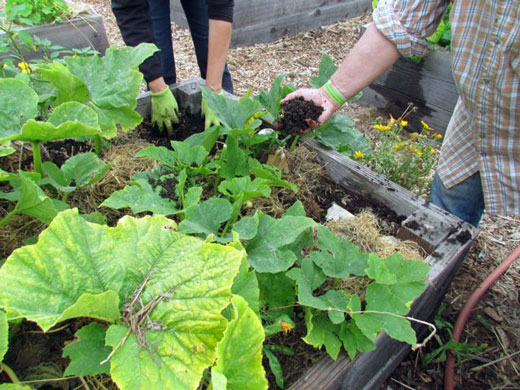
The Goodwill Garden Project: November 2011 – May 2021
The Goodwill Garden was located on Imjin Parkway between 2nd and 3rd avenue in Marina, California. Participating agencies included The Marina Tree and Garden Club, HOPE Services, the Veterans Transition Center, The Shoreline Culinary Services Program, Community Hospital Wellness Program, and Everyone’s Harvest.
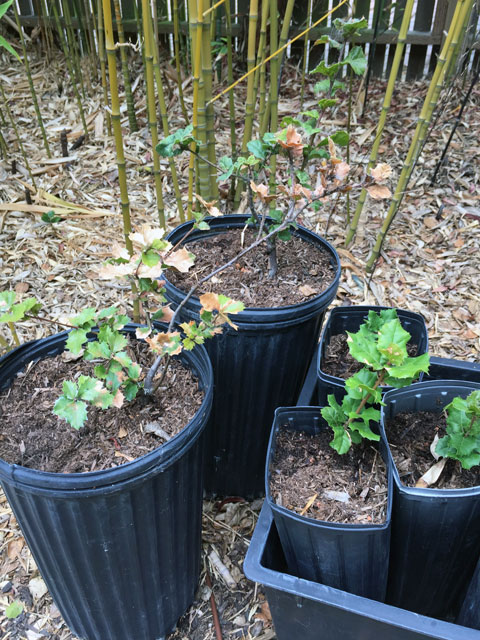
Marina Tree and Garden City Tree Campaign
How it all started…
In 1994 the City of Marina Tree Committee began planting areas in the city of Marina as part of a city wide beautification campaign. Many volunteers from our community have participated in planting trees over the years. The Marina Tree and Garden Club adopted and continued planting the greenbelt in 2006. Below is an accounting of the Tree Committee and the Club efforts in establishing and caring for trees in the City of Marina.

